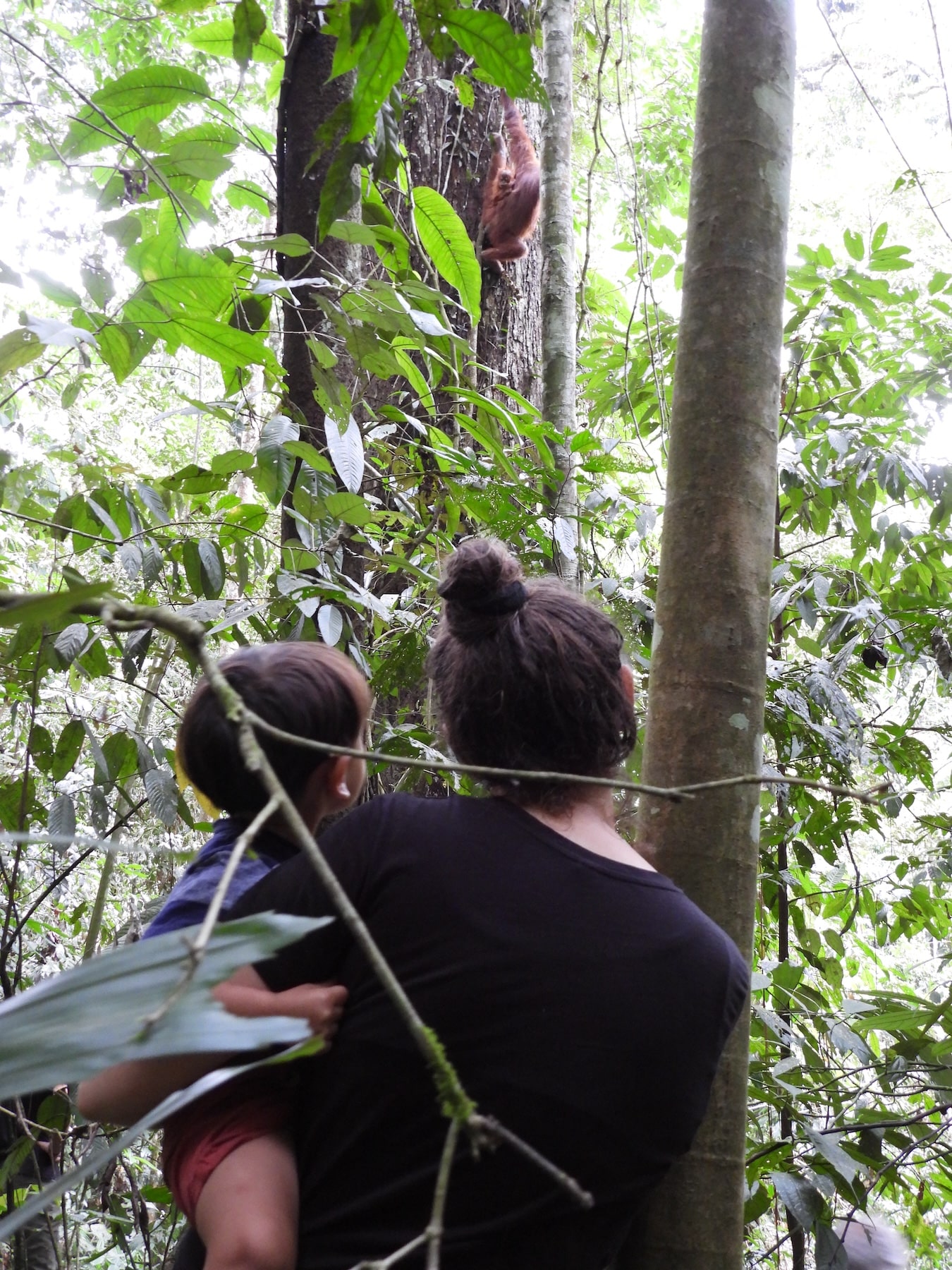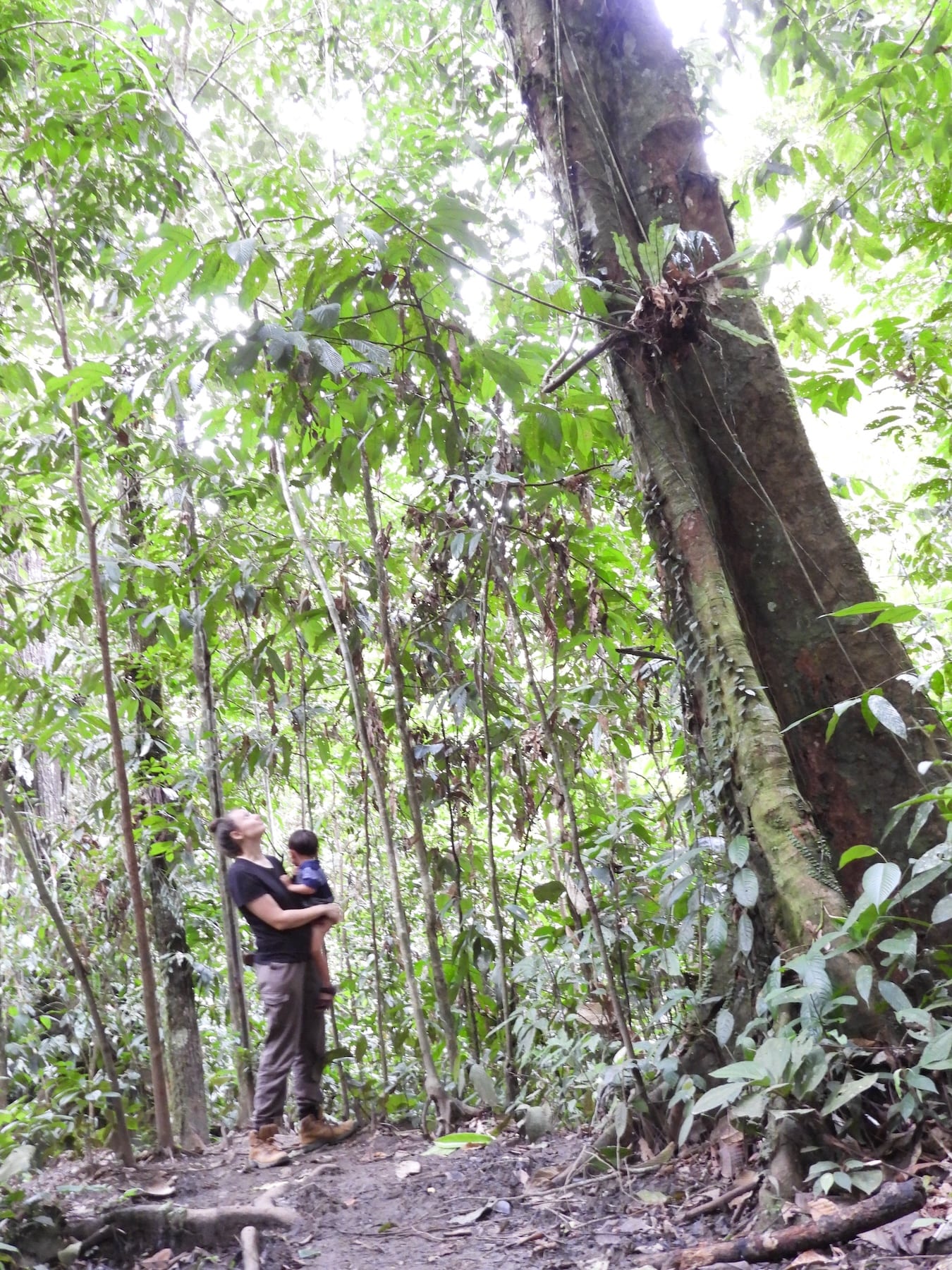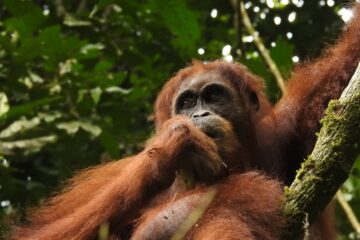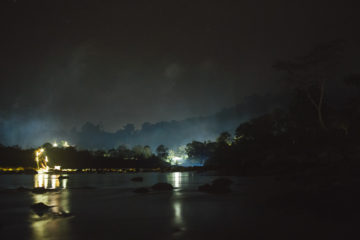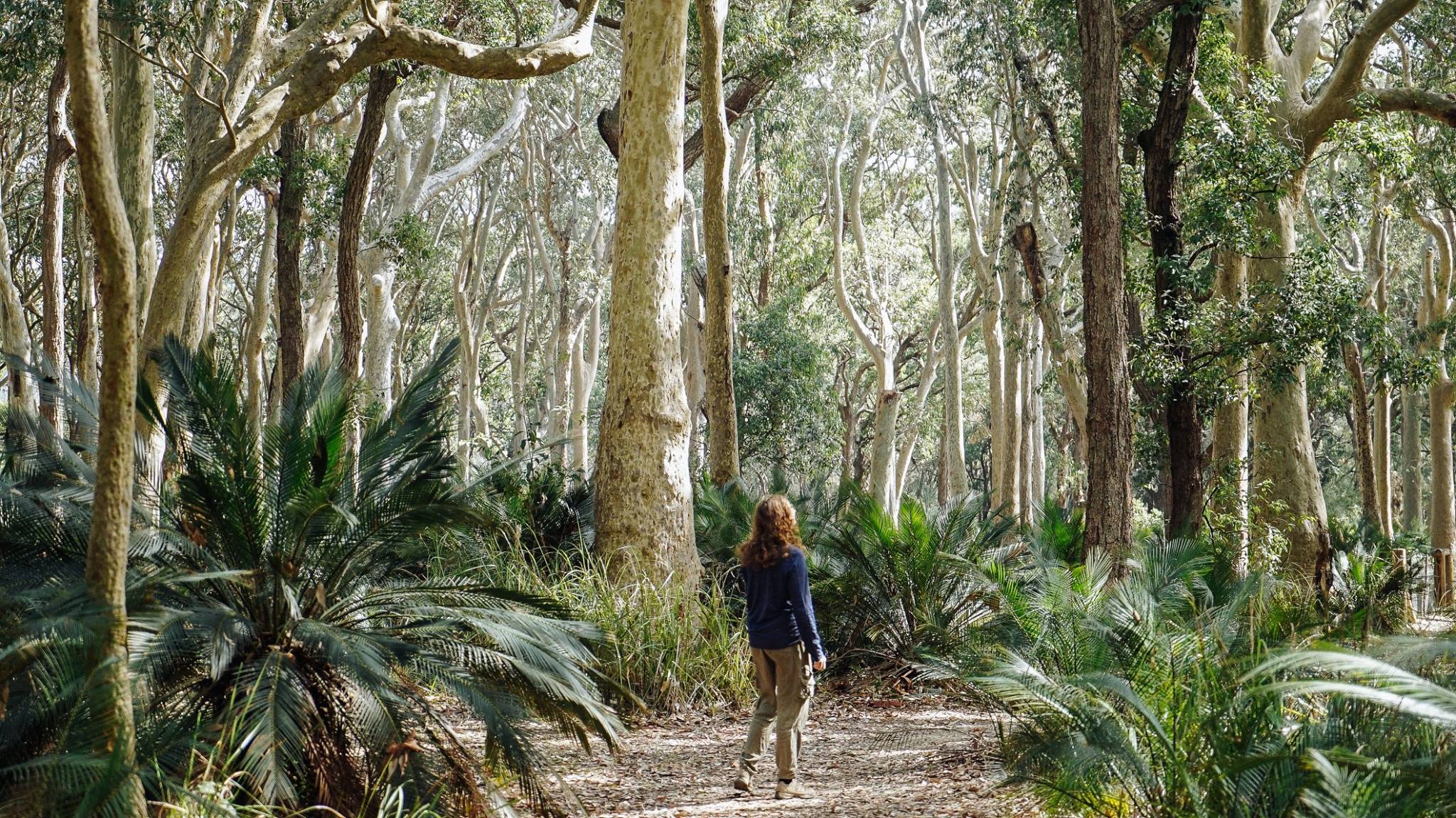
When I was little, growing up in Queensland, Australia, I took a wildlife rescue course. I took great pride in being the youngest ever participant at Wildcare at the innocent age of 10. We learnt how to respond to native animals that had been injured. Some had been hit by a car, others trapped in a pool or somehow wandered into a suburban area that wasn't safe for them. The course instructors taught us how to safely hold the animals, how to help them recover and then release them once again into their native habitat. Most of all, they taught us to keep them wild.
It was strictly forbidden to treat the animals as pets. We were to touch them only when absolutely necessary. Our purpose was to help them recover and only this. They were not there for our benefit. Of course, this went against all my impulses and desires as an animal-obsessed child.
As I was obviously too young to drive out and rescue animals in distress, I helped out by going to the house of a long-time volunteer. Her house was like a scene from Dr Doolittle. There was a huge cage outside filled with flying foxes. Small native rodents scurried about in empty aquariums. A room was made dark to give comfort to the many nocturnal creatures within. And joeys (small, baby kangaroos) sat comfortably in makeshift pouches - feet in the air and heads poking out.
My first job was to feed the joeys with a bottle. I sat there the whole time with a ridiculous grin on my face. I was in heaven. After that it was time to clean out the poop in all the cages. This was less exciting. The rest of the day turned out to be more of the same. Gathering food for the birds, cleaning poop. Laying out fresh newspaper, cleaning poop. My delusions of becoming mother nature were starting to shatter. When I asked for a task a little bit more like my first, the woman taught me a lesson I'll never forget.
She told me these animals were not here for our pleasure, they're here because they need our help. Every time we touch a wild animal, they become a little less wild, and being wild is what makes them happy. If we start to interact too much with these vulnerable creatures they start to ignore their instincts and trust humans, which can lead to them ending up in seriously compromising situations later on in life.
It's important when we help wildlife to remember the purpose. As humans encroach on the homes of native animals they become displaced, and often need the assistance of volunteers who care about their wellbeing to get back to their original way. But when we touch them, when we cuddle them and feed their babies in front of the mothers, we are doing it for our own pleasure, not for them. They are not human and that’s a special part of their beauty.
There is a great satisfaction felt when seeing animals happy in their native place. It doesn’t have to be a guilty pleasure. Watching and observing from a safe distance, bringing tourist dollars and spending it locally on ecotourism and ethical guides, these are some of the best ways to contribute to the wellbeing of native, wild animals, wherever they are.
